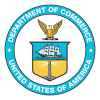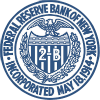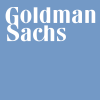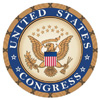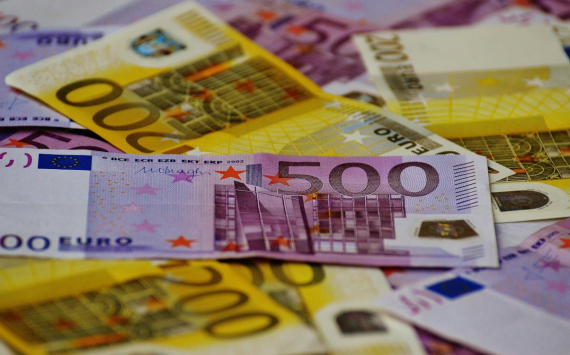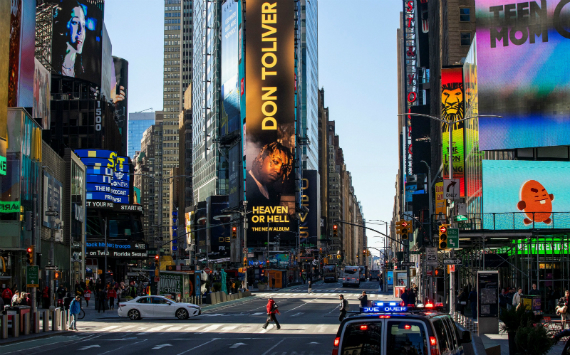
The economy’s rebound showed signs of stagnating. Then enhanced unemployment benefits and a small-business loan program expired.
America’s economic recovery is in an uneasy pause, with key indicators of hiring, shopping and investment stalling or in retreat in the wake of a resurgence in coronavirus cases across broad sections of the country, and with Congress and President Trump showing no signs of progress on another stimulus deal.
Real-time measures of consumer spending, business sentiment, small-business reopening plans and even available jobs began flatlining last month, suggesting that the wave of virus infections that swept across parts of the United States in June and July came with economic consequences. Small-business data from the time management firm Homebase shows no improvement since the middle of the summer in employment or hours worked in crucial parts of the economy. Job postings from the online recruiting site Indeed slipped backward this week for the first time since May.
Now, key policy supports that included a $600-per-week unemployment insurance expansion have begun to lapse. Congress appears unlikely to pick up negotiations on a new relief package until September, and analysts are increasingly accounting for the possibility that lawmakers will fail to strike a deal before the November election. By that point, with the changing weather pushing many people back inside, public health officials fear a new wave of coronavirus infections.
Those twin risks — the path of the coronavirus and waning policy support — loom over the country’s fledgling recovery when the economy has yet to recover about 60 percent of the jobs lost since the start of the pandemic. More than half of those who are still out of work say they never expect to go back to their old jobs, according to polling from the online research firm SurveyMonkey.
"Without a new government package, “we could go back into recession,” said Megan Greene, a senior fellow at the Harvard Kennedy School. “We built half a bridge, and we didn’t bother to finish it.”
Congress initially poured money into the economy to help it deal with the pandemic, but its relief efforts were intended to counter a short-term problem. One-time stimulus checks and expanded unemployment insurance bolstered household finances, but the weekly $600 benefits lapsed in late July. A program that was funneling loans to small businesses, preventing bankruptcies, ended in early August.
The pandemic, it has turned out, is around for the long haul.
Mr. Trump has signed executive orders and memorandums that could temporarily extend some relief programs, but he cannot fully revamp them unilaterally. His plan to continue more generous unemployment insurance, for instance, will only partly replace the former benefit — offering $300 or $400 extra per week instead of $600. Only 13 states have won approval so far to administer the benefit, and it will take time to get the money flowing. Once it does, the funds backing up the program could be exhausted quickly, depending on how many people are using them.
“The lack of emergency unemployment benefits in August is going to have, I think, devastating effects both for families and the economy as a whole,” said Ernie Tedeschi, an economist at Evercore who has tracked the effects of the supplemental benefits throughout the recovery.
The lapse of the extra $600 could cut monthly disposable income in August by around $70 billion compared with a full month of benefit payments, based on one Goldman Sachs analysis.
The steep decline in benefits will almost certainly hamper consumer spending, which makes up 70 percent of the economy. Mr. Tedeschi estimated that consumption could drop by as much as $58 billion this month, for instance.
That’s bad news for a recovery that, up until recently, had been surprising many with its speed and robustness. Unemployment dropped sooner and faster than practically anyone predicted. Retail sales rebounded strongly through July.
Most official government data, which are reported on a delay, have yet to show a reversal. Real-time data, and more short-term government releases, tell a different story.
Initial state jobless claims jumped unexpectedly last week, according to data released Thursday. Figures collected by Opportunity Insights, a project run by a group of academic economists, show that consumers may have already begun to cut their spending slightly as expanded benefits lapse. Low-income consumers had been spending at roughly pre-coronavirus levels by midsummer, but pulled back in the first week of August.
A slowdown is also taking hold across other income groups, which had never recovered their former consumption levels in the first place.
Some economists are surprised that consumer data has not fallen off more starkly: Certain measures, like an index that tracks Chase credit card spending, are holding steady. That may speak to the success of the policies already in place.
Consumers built a cushion using government payments and debt relief, and are using that to sustain spending now. Saving as a share of disposable income jumped to 25.7 percent in the second quarter, up from less than 10 percent in the first, Commerce Department data showed.
“People saved a ton of money over the last few months,” said Jesse Edgerton, a senior economist at J.P Morgan. “It does look like it would be more of a gradual downslope.”
Still, the timing is bad for fiscal support to run short. The economic recovery was already facing a drag as a wave of coronavirus infections that started in mid-June stalled the nation’s reopening. Opportunity Insights data shows that small-business revenues and openings, which had been recovering, began to decline again around early July.
Service industry leaders in the New York region became more pessimistic about business activity in August, based on a Federal Reserve Bank of New York survey, after becoming more optimistic the prior month. Consumer sentiment has fallen to low levels, based on a survey conducted by the University of Michigan, reflecting continued uncertainty.
If the recovery does stall out or reverse, the nation’s most vulnerable people could be hurt the worst. Families with children have already been far more likely to report food insecurity and other types of financial hardship, based on one New York Fed analysis. Lower-income and minority workers are also more likely to have lost work or hours, and are heavily concentrated in the service sectors — like hotels and casinos — that may struggle to snap back until the pandemic is under control.
Most economists still project additional government support as the most likely outcome, but they are increasingly concerned that the money will not be forthcoming.
“Markets appear to be taking a view that major fiscal legislation is inevitable,” Goldman Sachs analysts wrote in a note published on Aug. 14. “While we still think a fiscal package is much more likely than not, we believe there is a roughly one in four chance that Congress fails to pass further aid until after the election.”
That could be especially problematic if infections surge again, keeping businesses closed and Americans out of work into the fall. A second wave seems to have taken hold in other nations that had sharply reduced their caseloads, including Spain and France.
“If we can’t come up with another fiscal bill in September, a W-shaped recovery is pretty likely,” Ms. Greene of the Harvard Kennedy School said. “Virus management is going to be the biggest determinant of the shape of the recovery.”
Source: https://www.nytimes.com/2020/08/21/business/economy/coronavirus-economic-recovery.html



